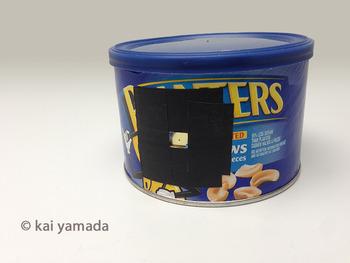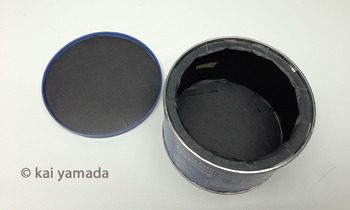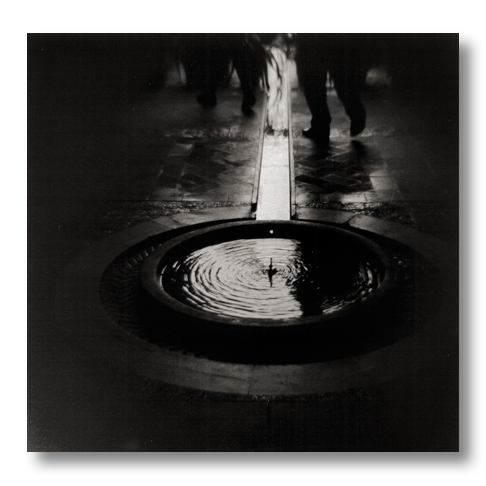Pinhole Camera Experiment: Cashew Can
 Monday, October 13, 2014 at 9:57PM
Monday, October 13, 2014 at 9:57PM
I've been wanting to experiment with pinhole cameras. For my first camera, I thought I would make a traditional shoebox pinhole camera using paper negatives, but I was unable to find a simple shoe box that would do. I decided to try making a camera with what I had on hand. I found a cashew can that looked like it might make a good camera.
The pinhole was made on .002" brass shim stock I picked up at my local hardware store. Instead of painting the tin black inside, I happened to have some heavy black paper stock on hand. It was cut down, fitted and taped to the inside and lid of the can.
I made the pinhole using a #10 beading needle that I picked up a bead store. It measures out to be .019" as measured with a micrometer. I'm not sure if that is the appropriate size for my can, but I decided for my first experiment, I wouldn't worry about it.
With the black paper in the lid and the wide lip, which was also covered with black masking tape, I am hopeful I can get away with not having to tape up the lid, but I will have to test the camera for light tightness.
The can will take a paper negative, 2x8inches. I need to test the pinhole size by making some test exposures, but unfortunately, the weather forecast expects it to be raining all week, so that will have to wait until we get some sun. I could make some exposures in the overcast, but I would rather wait until it is sunny, when it would be quicker to make consecutive test exposures to nail down the correct exposure.
 kaiy |
kaiy |  Post a Comment |
Post a Comment |  diy,
diy,  paper negative,
paper negative,  pinhole photography in
pinhole photography in  Camera
Camera 



